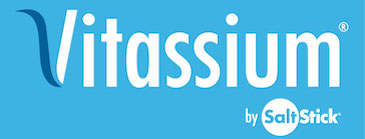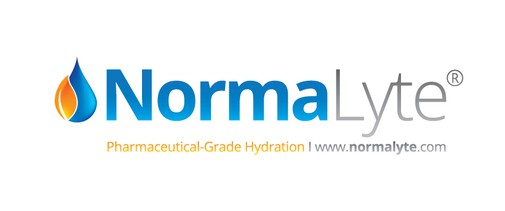Dysautonomia International is pleased to partner with patientINFORM to provide free access to the the following journal article.
Garland EM, Celedonio JE, Raj SR. Curr Neurol Neurosci Rep. 2015 Sep;15(9):60.
The following is a patient friendly summary of the article written by Dysautonomia International.
Introduction
POTS is not a specific disease but rather a collection of symptoms caused by a number of heterogeneous, overlapping disease processes that impacts an estimated 500,000 to 3,000,000 individuals in the USA alone, with a female to male ratio of 4-5:1.
Diagnostic Criteria
POTS is defined as a heart rate increase of 30 or more beats/min (40 or more beats per minute in adolescents) within 10 min of standing or head-up-tilt test, in the absence of orthostatic hypotension. Head up tilt tests and standing tests are the standardized methods of assisting an individual?s response to a change in posture. The simple observation of standing tachycardia is not enough to diagnose POTS. The abnormal increase in heart rate must also occur with symptoms of orthostatic intolerance lasting at least six months, in the absence of prolonged bed rest or deconditioning, use of medications that could cause POTS like symptoms (vasodilators, diuretics, antidepressants anxiolytic agents, or other chronic conditions that may cause tachycardia like dehydration, anemia, and hyperthyroidism).
Common Clinical Features
POTS can be associated with both orthostatic and non-orthostatic symptoms. Furthermore, the orthostatic symptoms can be cardiac or non-cardiac in nature. Some of the common orthostatic symptoms are: palpitations, lightheadedness, chest discomfort, shortness of breath mental clouding, headache, nausea, tremulousness, generalized weakness, blurred or tunnel vision, and acrocyanosis (a reddish-blue discoloration of the legs), while nausea, irritable bowel syndrome, bladder dysfunction, and abnormal sweating patterns are some of the non-specific, non-orthostatic symptoms. Another category of symptoms including hypermobile joints, exercise intolerance, migraine headaches, sleep disturbances, and fatigue are thought to be more generalized complaints.
Symptom Triggers
Many POTS patients report the onset of their symptoms following acute stressors like pregnancy, a traumatic event, surgery, or a viral illness. Also symptoms can worsen with simple activities of daily life like standing still, exercise, food or alcohol ingestion, or heat exposure.
Psychological Profile in POTS
Patients with POTS commonly present with symptoms of depression and anxiety, yet a structured evaluation using the DSM criteria did not identify a higher incidence of major depressive disorder, anxiety disorders, or substance abuse in POTS patients than the general population. The heart rate increase in patients is not a response to anxiety.
Disorders Overlapping with POTS
Patients with POTS have a high prevalence of chronic fatigue and chronic fatigue syndrome. Moreover, even though exact nature of the relationship between POTS and EDS-Hypermobility is unknown, different researchers report a significant overlap between the two conditions. There are also known clinical overlaps between vasovagal syncope (VVS) and POTS, as well as between inappropriate sinus tachycardia (IST) and POTS. It is not uncommon for patients to be diagnosed with both VVS and POTS or both IST and POTS.
Pathophysiology of POTS
The subtypes of POTS include neuropathic POTS, hypovolemic patients and those with a dysregulated renin-angiotensin-aldosterone system, hyperadrenergic POTS (of which a very rare subset are those with a mutation in the gene for the norepinephrine transporter), patients who have POTS associated with a mast cell activation disorder, those who develop POTS like symptoms as a result of physical deconditioning and prolonged bed rest, and last but not least, there is new research suggesting an autoimmune condition may occur in some POTS patients. It is important to note that the same patient can fit into more than one subtype.
Treatment of POTS
There are pharmacological as well as non-pharmacological treatment options for POTS. To name the most common non-pharmacological treatments: an increase in the daily water and salt (sodium) intake, intravenous saline, compression garments, and exercise are all known to help. While there is currently no FDA approved drug for POTS, there are several medications that have been successfully used off-labeled to treat POTS: low doses of beta blockers, clonidine, methyldopa, pyridostigmine, midodrine, octreotide, ivabradine, fludrocortisone, desmopressin, erythropoietin, and SSRI?s. The Vanderbilt approach to the treatment of POTS involves an initial non-pharmacological approach, often requiring additional pharmacological support.
| | |




